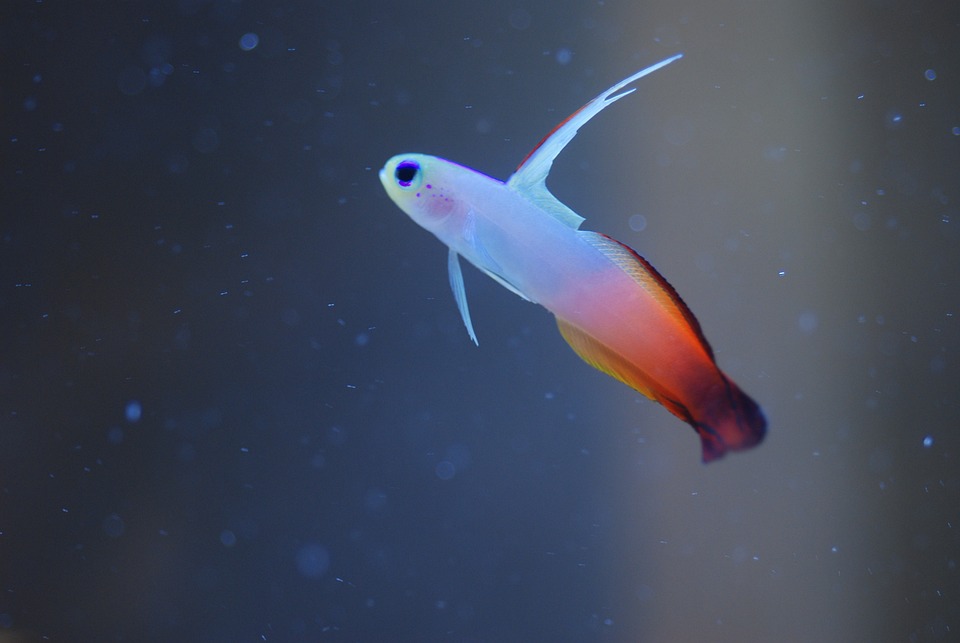Disease outbreaks in fish tanks are a common concern for fish enthusiasts. However, thanks to the latest breakthroughs in disease-resistant fish tank fish, aquarists now have access to advanced techniques and technologies to combat these issues. In this article, we will explore the various advancements in the field of disease-resistant fish tank fish and how they can revolutionize the way we care for our aquatic pets.
Selective breeding has long been recognized as an effective method for enhancing desirable traits in fish. When it comes to disease resistance, selective breeding plays a crucial role. Through careful selection of breeding pairs that exhibit resistance to specific diseases, breeders can create offspring that inherit these resistance traits. Understanding the genetic basis of disease resistance is essential in this process, as it allows breeders to identify and select individuals with the most desirable genetic makeup for resistance.
Traditional breeding methods have limitations in terms of the time required to achieve desired results. However, modern techniques such as marker-assisted selection and genetic mapping have expedited the process of identifying and breeding disease-resistant fish. These advancements enable breeders to selectively breed fish with specific resistance genes, resulting in a higher proportion of disease-resistant offspring.
In addition to selective breeding, the use of immune-boosting feed and supplements has gained popularity in recent years. Providing fish with a balanced diet is crucial for promoting overall health and resilience against diseases. Innovative fish feed formulations now include ingredients that enhance the immune system of fish, making them more resistant to pathogens. Furthermore, supplementation with probiotics and immune enhancers has shown promising results in boosting fish immunity and preventing disease outbreaks.
Cutting-edge technological solutions have also contributed to the prevention and control of diseases in fish tanks. High-tech filtration systems, for instance, play a vital role in maintaining water quality and removing harmful pathogens. UV sterilization is another effective method used to control disease outbreaks by killing or deactivating bacteria, viruses, and parasites in the water. Monitoring and early detection devices, such as water quality sensors and disease surveillance systems, allow fish keepers to detect potential issues before they escalate into full-blown outbreaks.
Biosecurity measures are crucial in preventing the introduction and spread of diseases in fish tanks. Quarantine procedures for new fish additions ensure that potential pathogens are not introduced into an established tank. Proper tank maintenance and hygiene practices, such as regular cleaning and disinfection, help minimize the risk of disease transmission. Minimizing stress in fish through proper handling and habitat conditions also plays a significant role in boosting their immune systems and reducing susceptibility to diseases.
Looking ahead, the future of disease-resistant fish tank fish holds even more promise. Genetic engineering techniques, although still in their early stages, have the potential to introduce specific disease-resistant genes into fish populations. Collaborative research efforts and industry partnerships are crucial in advancing our understanding of disease resistance and developing effective strategies. Furthermore, as consumer demand for disease-resistant fish increases, the market for these specialized fish is expected to grow, making them more accessible to hobbyists and professionals.
In conclusion, the latest breakthroughs in disease-resistant fish tank fish offer hope for fish enthusiasts dealing with disease outbreaks. By combining selective breeding, immune-boosting feed and supplements, cutting-edge technology, and biosecurity measures, we can significantly enhance the health and longevity of our aquatic companions. As further advancements are made in this field, let us continue to prioritize the well-being of our fish and work towards a future where disease becomes a thing of the past.









